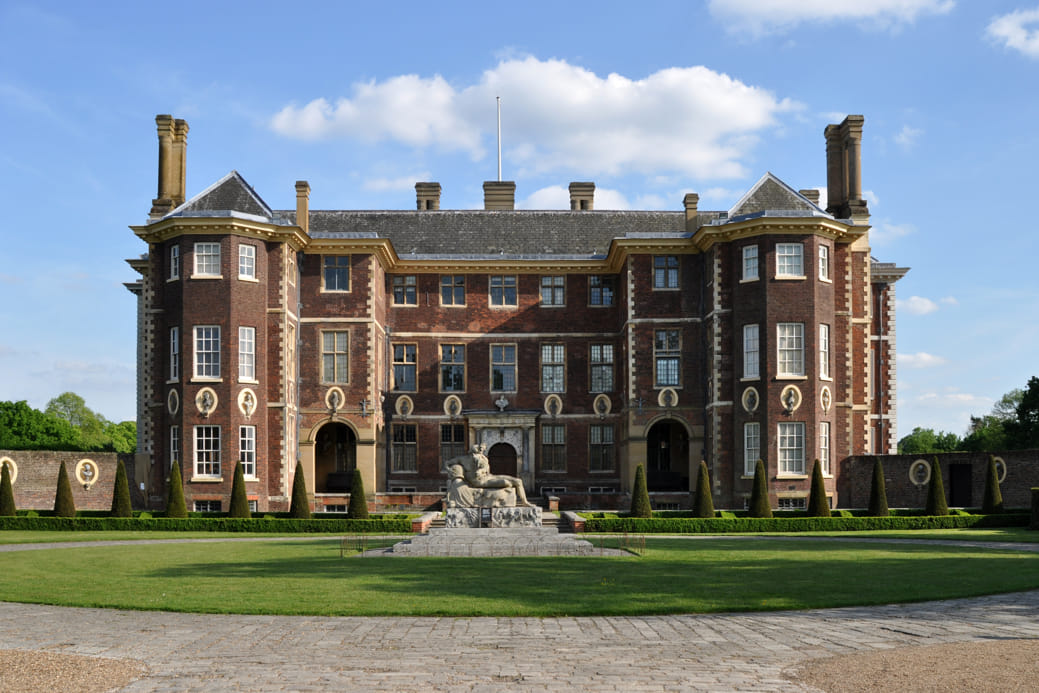Navigating the Planning Permission Landscape in Richmond Ham: Your Essential Guide
Richmond Ham, nestled within the scenic expanse of Richmond upon Thames, offers a harmonious blend of picturesque landscapes, historic charm, and a close-knit community atmosphere. As homeowners and developers look to enhance this vibrant locale, understanding the intricacies of planning permission becomes paramount. Whether you’re envisioning a cozy extension, a modern new build, or a commercial endeavor, this guide will illuminate the pathways of planning permission in Richmond Ham, ensuring you’re well-equipped for a successful application journey.
What is Planning Permission?
At its core, planning permission is a legal requirement mandated by local authorities before undertaking any significant alterations to buildings or land. This process ensures that developments align with community standards, respect environmental considerations, and maintain the character of the area. In Richmond Ham, this means adhering to local regulations and policies designed to preserve the unique charm of the neighborhood while accommodating growth and innovation.
The Types of Planning Permissions
Understanding the various types of planning permissions is crucial for any prospective developer. Here’s a breakdown:
1. Full Planning Permission
This is the comprehensive approval needed for major construction projects. When applying for full planning permission, you’ll submit detailed plans that include everything from site layouts to architectural designs, demonstrating how your proposal meets local policies.
2. Outline Planning Permission
Outline planning permission offers a preliminary green light for proposed developments. This type of application outlines the key aspects of your project—like the number of homes or the layout—without getting bogged down in every detail. It’s a useful first step to gauge whether your vision is feasible within local frameworks.
3. Permitted Development Rights
In certain circumstances, minor modifications—such as small extensions or internal alterations—may not require full planning permission thanks to permitted development rights. However, these rights come with specific limitations, so it’s crucial to confirm whether your planned changes qualify.
4. Change of Use
If you’re contemplating converting a residential property into a commercial space, or vice versa, you’ll likely need to apply for change of use permission. The local council will evaluate how this change impacts the surrounding area, including noise levels, traffic, and community needs.
The Planning Application Process: A Step-by-Step Approach
Step 1: Pre-Application Consultation
Before diving into the formal application, consider initiating a pre-application consultation with the Richmond upon Thames Council. This informal discussion with planning officers can provide insights into the feasibility of your project, potential hurdles, and community sentiment.
Step 2: Application Preparation
Once you’ve gathered insights from the consultation, you can start preparing your application. Essential components typically include:
- Application Form: A straightforward form outlining the specifics of your project.
- Site Plans: These must clearly illustrate the existing layout and your proposed changes, including dimensions and property boundaries.
- Design and Access Statement: A narrative explaining your design choices and how the project will be accessible to all.
- Supporting Documents: Depending on your project, you may need environmental impact assessments, heritage impact statements, or flood risk assessments to accompany your application.
Step 3: Submission
Submit your application through the Richmond upon Thames Council’s planning portal. Ensure all documents are complete and the application fee is paid. The council will validate your application before proceeding.
Step 4: Consultation and Review
After submission, the council will consult with various stakeholders, including local residents and statutory bodies. This consultation phase is crucial for gathering feedback and assessing the potential impact of your project on the community and environment.
Step 5: Decision-Making
Typically, decisions are made within eight weeks for minor developments and 13 weeks for larger projects. The outcome will be communicated via a decision notice, which can result in:
- Approval: Congratulations! Your proposal aligns with local policies, and you can move forward.
- Refusal: If declined, the notice will detail the reasons, allowing you to address these issues in future applications.
- Deferred: The council may request additional information or modifications before making a final decision.
Understanding the Appeal Process
Should your application be refused, don’t despair. You have the right to appeal the decision. Appeals must be lodged within six months and are reviewed by the Planning Inspectorate. This is an opportunity for an impartial assessment of the council’s decision, potentially allowing you to secure the desired approval.
Best Practices for a Smooth Application Process
- Engage Early with the Community: Prior to submitting your application, proactively engage with local residents and stakeholders. Their feedback can be invaluable in identifying potential objections and ensuring community support.
- Thoroughly Review Local Policies: Familiarize yourself with Richmond upon Thames’ Local Plan and relevant planning policies to ensure your proposal is compliant from the outset.
- Consult Professionals: Enlisting the expertise of a planning consultant or architects experienced in Richmond Ham can streamline the application process. They can help prepare documentation, navigate local policies, and enhance your application’s quality.
- Be Open to Adaptation: Stay flexible and open to feedback from the council. Being willing to make adjustments based on their recommendations can significantly improve your chances of approval.
Conclusion
The planning permission process in Richmond Ham is a vital step in realizing your development aspirations. By understanding the types of permissions, engaging with the community, and adhering to local policies, you can navigate this complex landscape with confidence. Whether you’re a homeowner looking to expand your living space or a developer envisioning a new project, this guide equips you with the knowledge needed to turn your plans into reality, contributing positively to the vibrant tapestry of Richmond Ham. Embrace the journey, and let your vision for this beautiful area come to life!



No responses yet